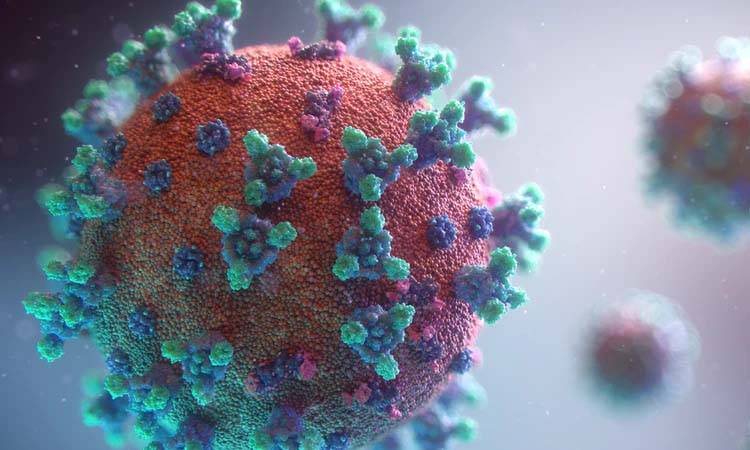
The surge of COVID profoundly impacted the spheres of life, including oral health. However, now, when humankind is progressively defending itself against the disease, dentistry plays a remarkable role in this oral health crisis.
- By Dr Sumaiya Hasan
The research on oral health during COVID
The unwavering efforts of dental researchers have resulted in meaningful literature. It allows dental professionals around the globe to understand the oral manifestations of COVID-19 in patients visiting for dental treatment. This understanding allows them to follow the necessary protocols. It helps identify the chain of infected people due to their contact with the sick person.
The insightful pieces of literature on COVID
Various renowned journals have dissected the topic of 'Oral Manifestations of COVID.' This includes the British Dental Journal, Journal of Dental Research and the Journal of American Dental Association.
“Current research shows that coronavirus invades human cells via the receptor angiotensin-converting enzyme 2 (ACE2). Therefore, cells with ACE2 receptor distribution may become host cells for the virus and cause an inflammatory response in related organs and tissues, such as the tongue mucosa and salivary glands. However, it is still uncertain whether these manifestations could be a typically clinical pattern resulting from the direct SARS-CoV-2 infection, or a systemic consequence, given the possibility of co-infections, impaired immune system, and adverse reactions of medical treatment.”
Oral symptoms and COVID
A few of the common manifestations of COVID-19 in the oral cavity are following.
- Poor taste buds sensitivity.
- Oral ulcerations
- Desquamative gingivitis
- Petechiae
- Co-infections such as candidiasis
The timings of manifestations of oral lesions are crucial and may suggest whether the lesion is due to direct infection or other associated factors such as impaired immunity. Research has stated that patients with severe COVID infection (those with medication use or hospitalisation need) developed late oral lesions after the symptoms.
The relation between SARS-CoV and saliva
Furthermore, few studies have also drawn attention to the presence of SARS-CoV RNA in salivary glands and saliva. Salivary gland ectasia has also been reported in a significantly high number of COVID-19 cases, specifically in older patients. While the presence of virus in the salivary glands could be one reason for this. Research also states that antibiotic administration during COVID-19 also remarkably increased the chances of developing salivary glands ectasia. It may, therefore, not be surprising that saliva has also been used in research for the diagnosis of COVID-19. It has been termed as a sensitive and less intrusive method.
Work in progress
Further research is necessary to clarify the diagnostic and pathological importance of oral manifestations of COVID-19. There is a possibility of underreporting oral manifestations due to the asymptomatic nature of this disease in many people and due to lockdowns resulting in a scant number of patients visiting dental practices. Nevertheless, early recognition of such lesions could be crucial and contribute constructively not just during the baffling disparities of this pandemic but also later on.
-The author is contributing writer at Dental News Pakistan and can be reached at sumaiya.hasan3@gmail.com

Dr Muattar Hanif
The author is Editor at Dental News Pakistan and can be reached at newsdesk@medicalnewsgroup.com.pk

